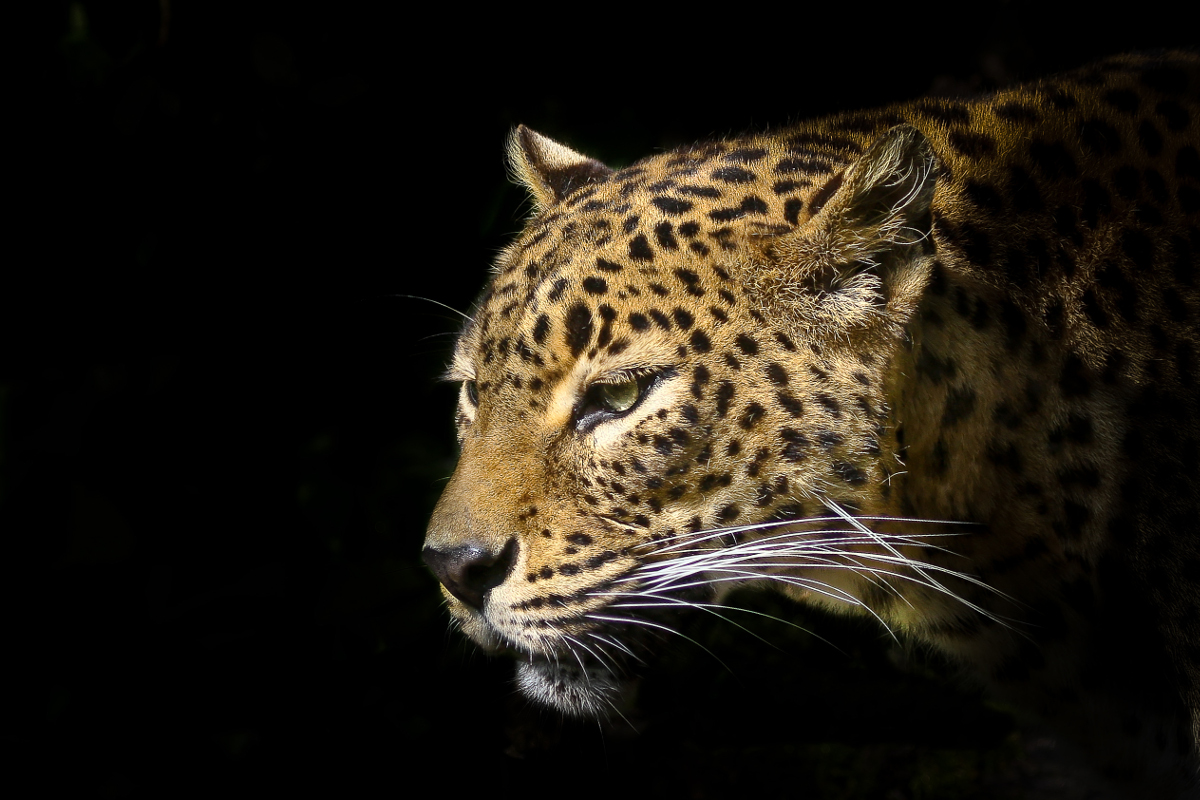A Hunger Artist

THE PANTHER from Franz Kafka’s A Hunger Artist has stuck with me ever since I first read the short story.
But in his cage they put a young panther. Even for a person with the dullest mind it was clearly refreshing to see this wild animal prowling around in this cage, which had been dreary for such a long time. It lacked nothing. Without having to think much about it, the guards brought the animal food whose taste it enjoyed. It never seemed once to miss its freedom. This noble body, equipped with everything necessary, almost to the point of bursting, even appeared to carry freedom around with it. That seemed to be located somewhere or other in its teeth, and its joy in living came with such strong passion from its throat that it was not easy for spectators to keep watching. But they controlled themselves, kept pressing around the cage, and had no desire at all to move on.
That image is most striking in contrast to the hunger artist the panther replaced. “The enemies of the esthetic are neither the practical nor the intellectual. They are the humdrum; slackness of loose ends; submission to convention in practice and intellectual procedure.”
That was the hunger artist. A hunger artist, even. Just one of many. The panther is Dewey’s “live being”, “recurrently losing and re-establishing equilibrium with its surroundings.” Its joy and passion come from “achievements in a world of things”. At least for this moment.
The hunger artist, though, was not striving for equilibrium. He couldn’t help but fast: he didn’t eat because he couldn’t find any food that tasted good to him. There was no struggle. There was no art.
Notes
1. ↑ John Dewey, Art as Experience (New York: Minton Balch & Co, 1934).